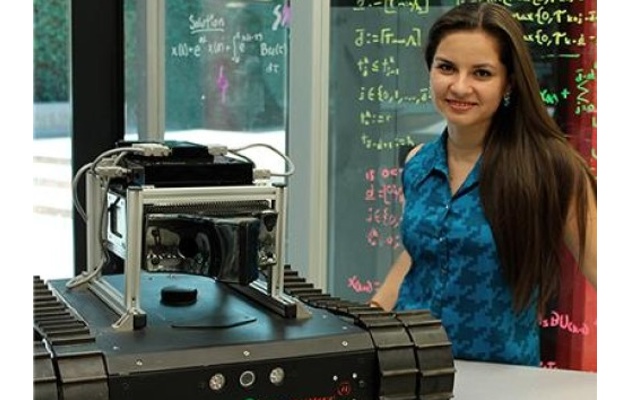
Blanca Lorena Villarreal, a postgraduate student studying at the Tecnológico de Monterrey (ITESM), created and mounted an electronic nose capable of smelling blood, sweat, urine, and alcohol. The “nose” can be mounted on robotic platforms to aid search-and-rescue operators find victims and survivors during natural disasters.
The electronic device is modeled after the biological structures involved in the olfactory sense and even includes its own artificial septum that separates two artificial “nostril” sensors. A chemical sensor perceives the specific odors and radios the data to a computer where an artificial intelligence algorithm deciphers the scent and calculates the source.
“We note that, biologically, animals perceive the direction of an odor using two characteristics: it comes at different concentrations to the nostrils, and, because it is appreciated with a time difference. These two factors can identify from which a certain aroma comes,” explained the Villarreal. It’s not unrealistic to think that with a bit of modification, the system will be able to identify toxic gases or elements as well.
Villarreal’s project distinguishes itself from other olfactory systems by its ability to completely empty the air chambers before each cycle of ventilation, thus permitting the machine to perform faster, more accurate tracking.
It’s not unrealistic for robot-centric rescue operations to be common in the near future, as the offer several advantageous unavailable to ground and helicopter crews. For one, their unique sensing capabilities allow them to spot trace signals hidden within debris or other obstructions. And secondly — as the quadcopter that found a missing person demonstrated — aerial robots (quadcopters) can be equipped with wide-angle lens and flown much closer to the ground than helicopters, granting them a unique view of the landscape.
Via Sciencedaily/Motherboard
Advertisement
Learn more about Electronic Products Magazine





